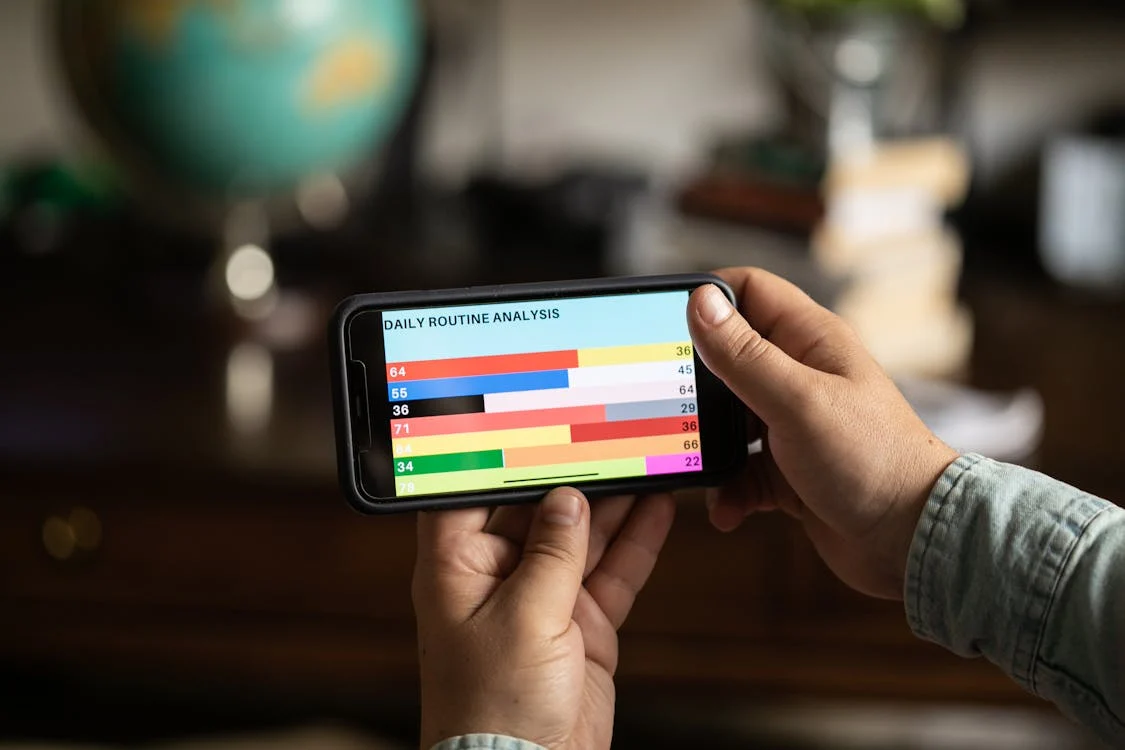Data is everywhere—powering decisions, shaping strategies, and driving innovation. But in a world saturated with information, static charts, and graphs often fail to grab attention. Enter interactive infographics, the future of data presentation, blending storytelling and engagement to make complex information digestible and memorable.
A 2023 study by Venngage revealed that 41% of businesses now prioritize data visualization to communicate insights effectively. Static visuals are no longer enough to capture data’s dynamic and multi-faceted nature. Interactive infographics allow users to explore datasets through clickable elements, animations, and real-time customization. The result? An elevated level of user engagement and comprehension.
Consider Spotify’s “Wrapped” campaign, which personalizes data presentation for millions of users. This interactive infographic format creates a buzz and fosters a deeper connection with the audience. Similarly, Airbnb’s “Economic Impact Tool” allows users to see the platform’s financial footprint in their local communities, providing transparency while enhancing brand credibility.
Interactive infographics also save time. Adobe reports that people retain 65% more information when content is interactive compared to static formats. This makes them invaluable for presentations, marketing campaigns, and even educational initiatives.
With tools like Tableau, Canva, and Infogram democratizing access to interactive design, the potential is vast. Businesses can now turn raw data into immersive narratives that resonate. Whether it’s showing year-end performance, breaking down product features, or explaining a social cause, interactive infographics are setting a new standard for how we share and consume information.
For organizations ready to stand out, embracing interactivity in data presentation isn’t just an option—it’s a necessity. The question is, are you ready to transform your storytelling?
